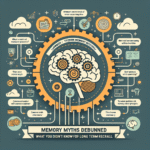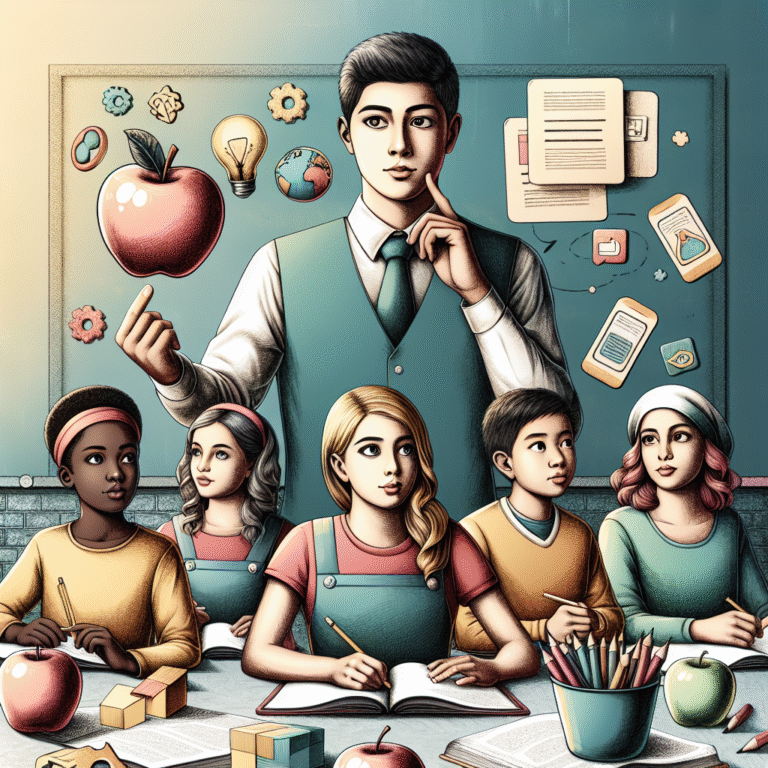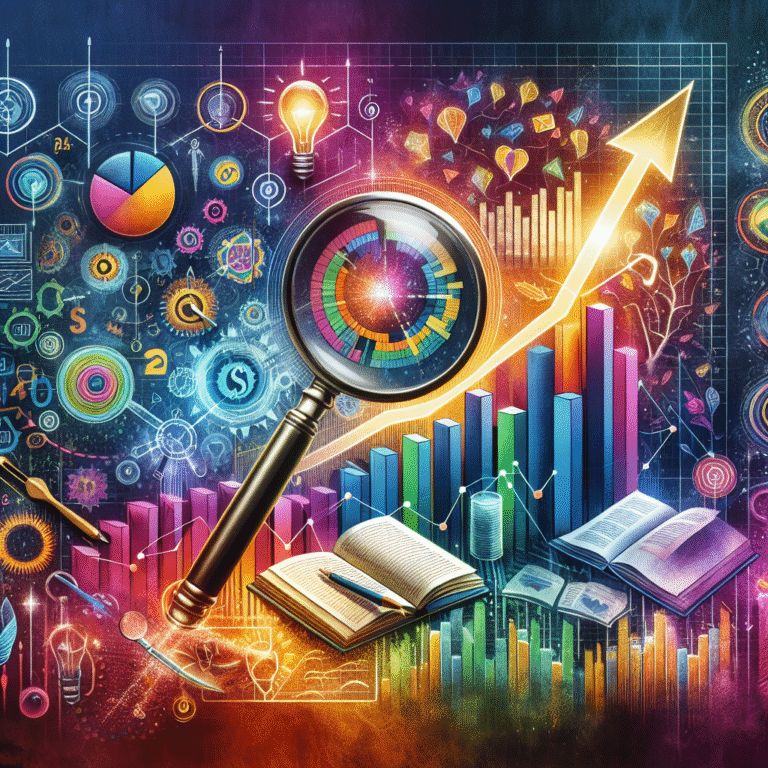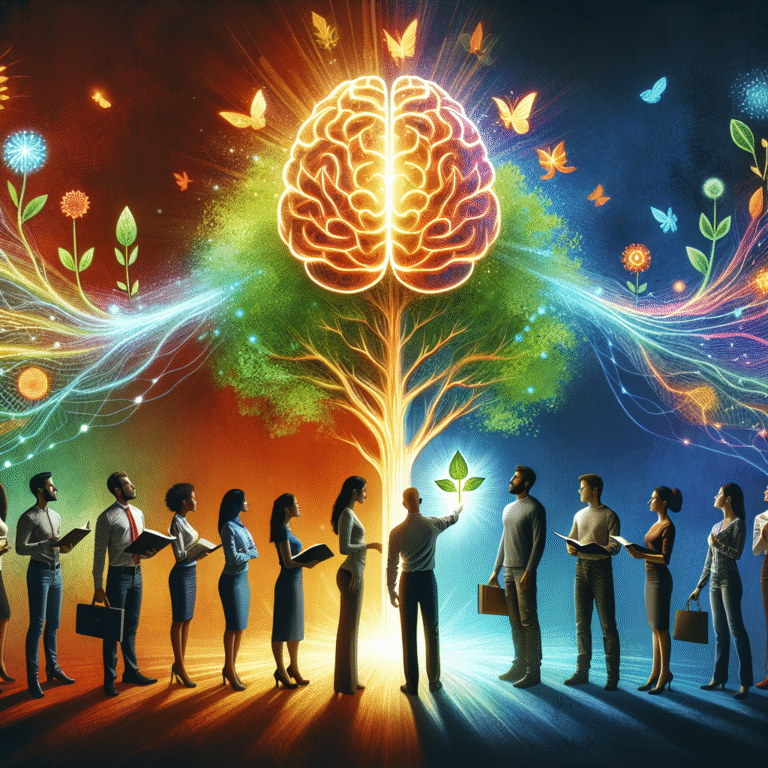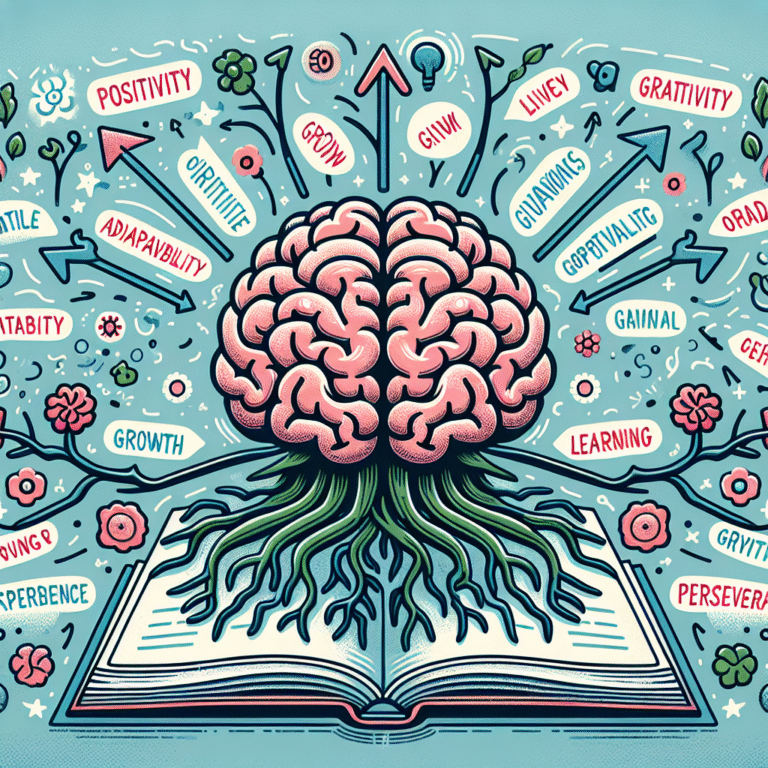
Introduction
In today’s fast-paced world, where change is the only constant, the ability to adapt and thrive is more crucial than ever. The concept of self-regulated learning (SRL) emerges as a beacon of hope and guidance, marking the way to personal and professional excellence. Not just a buzzword in educational circles, self-regulated learning is the ultimate key to lifelong success. Picture this: you hold the reins to your learning journey, enabling you to cultivate skills, overcome challenges, and chart your course in a rapidly evolving landscape.
But what exactly is self-regulated learning, and why should you care? This article will delve deep into the mechanisms, strategies, and real-world applications of self-regulated learning, illustrating why it stands as the foundation for lifelong achievement. Whether you’re a student, a professional, or simply a curious learner, understanding and employing self-regulated learning can transform not only your approach to education but also your entire life trajectory.
Understanding Self-Regulated Learning
What is Self-Regulated Learning?
Self-regulated learning is the process through which individuals take control of their own learning experiences, employing metacognitive, motivational, and behavioral strategies. In essence, it’s about being aware of your strengths and weaknesses, setting appropriate goals, and actively pursuing them. This independence is key, as it equips learners with the skills to direct their own educational efforts effectively.
The Components of Self-Regulated Learning
To grasp the full scope of self-regulated learning, it helps to break down its core components:
- Goal Setting: Establishing clear, attainable objectives.
- Self-Monitoring: Keeping track of your progress and reflecting on your learning.
- Self-Reflection: Evaluating what strategies worked and what didn’t.
- Self-Control: Managing distractions and remaining focused on your tasks.
Understanding these components can lead to deploying strategies that enhance your self-regulated learning capabilities.
The Importance of Self-Regulated Learning
Lifelong Learning and Adaptability
In an age where job markets are constantly evolving, lifelong learning has shifted from a luxury to a necessity. Self-regulated learning: the key to lifelong success manifests in your ability to adapt. Those who are proficient in self-regulation are better equipped to acquire new skills, pivot careers, or pursue entrepreneurial ventures.
Case Study: The Successful Pivot
Take the example of Sarah, a marketing executive who found herself out of work after the company she worked for closed its doors. Embracing self-regulated learning, Sarah set clear goals to transition into UX design. She enrolled in online courses, created a study schedule, monitored her progress, and reflected on feedback from peers. Within six months, she successfully landed a UX role, showcasing how self-regulated learning can facilitate not just survival but thriving in the face of adversity.
Enhancing Academic Performance
Research reveals a direct correlation between self-regulated learning and academic success. Students who practice SRL techniques tend to outperform their peers and develop a deeper understanding of their subjects.
Case Study: The Academic Achiever
Consider the case of Jake, a high school junior struggling with math. With guidance on self-regulation, he began setting specific goals, like mastering calculus concepts each week. By utilizing self-monitoring techniques, he assessed his understanding through quizzes, and self-reflection allowed him to identify the content he needed to review.
Jake’s grades significantly improved within a semester; his story exemplifies how self-regulated learning can dramatically enhance academic performance.
Strategies for Incorporating Self-Regulated Learning
Setting SMART Goals
Creating Specific, Measurable, Achievable, Relevant, and Time-bound (SMART) goals is the foundation of effective self-regulated learning. Setting SMART goals helps you design a clear path forward, making it easier to assess progress.
Example: Rather than saying, “I want to be a better writer,” specify “I will write 500 words daily for the next month.”
Employing Time Management Techniques
The Pomodoro Technique, time blocking, and prioritizing tasks can be invaluable. An effective time management strategy enhances focus and encourages productivity, essential parts of self-regulated learning.
| Technique | Description |
|---|---|
| Pomodoro Technique | Work in 25-minute intervals followed by short breaks. |
| Time Blocking | Allocate specific time slots for various tasks throughout your day. |
Self-Monitoring and Journaling
Journaling your learning process is an excellent way to reflect and adjust your strategies. Monitoring progress through regular entries allows you to visualize your journey and identify areas for improvement.
The Challenges of Self-Regulated Learning
Overcoming Procrastination
Procrastination is one of the biggest hurdles learners face. Recognizing triggers and implementing strategies like setting smaller goals can counteract this tendency.
The Emotional Rollercoaster
Self-regulated learning is not devoid of emotional challenges. The pressure of taking responsibility for your progress can be daunting. Cultivating a positive mindset and seeking support from peers can alleviate some of these emotional burdens.
Real-World Applications of Self-Regulated Learning
Workplace Training and Professional Development
Organizations are increasingly recognizing the benefits of self-regulated learning in employee training. By encouraging workers to take initiative in their learning, businesses can foster a culture of continuous improvement.
Case Study: Corporate Training
A tech company launched a program focusing on self-regulated learning for its software developers. Employees were encouraged to identify skills they wanted to learn, set goals, and track their progress. This led to higher job satisfaction and productivity, reinforcing the claim that self-regulated learning is the key to lifelong success in professional settings.
Personal Growth and Hobbies
Self-regulated learning extends beyond formal education and careers. Whether you’re learning a new language, picking up a musical instrument, or mastering cooking, applying self-regulated strategies can yield substantial results.
Cultivating Self-Regulated Learning Habits
Finding Your Learning Style
Understanding whether you are a visual, auditory, or kinesthetic learner can help tailor your self-regulated learning strategies.
Creating a Learning Environment
A conducive environment free from distractions fosters better focus and engagement in your learning activities.
Continuous Feedback Loop
Regular feedback is critical for assessing your self-regulated learning journey. Seek critiques from peers, mentors, or even through self-assessment tools to gather insights into areas of improvement.
Conclusion
Self-regulated learning: the key to lifelong success is not merely an educational strategy; it’s a mindset shift that changes how you approach every aspect of life. As you harness the power of goal setting, self-monitoring, and reflection, you empower yourself to embrace challenges, foster resilience, and adapt to new circumstances.
The journey of self-regulated learning might require effort and commitment, but the rewards are infinite. As you embark on this transformative journey, remember that each small step taken towards self-regulation is a leap towards lifelong success. Start today—set your goals, take the first step, and watch how your world transforms.
FAQs
1. What is self-regulated learning?
Self-regulated learning is a self-directed process where learners set goals, monitor progress, and reflect on their learning experiences.
2. How can I develop self-regulated learning skills?
You can develop these skills by setting SMART goals, using time management techniques, and self-monitoring your progress through journaling.
3. Can self-regulated learning help in the workplace?
Yes! It encourages adaptability, fosters employee engagement, and promotes continuous improvement, essential traits in today’s dynamic work environments.
4. What are some common challenges in self-regulated learning?
Common challenges include procrastination, emotional stress, and difficulty in maintaining motivation.
5. How can I overcome procrastination?
Identify your triggers for procrastination, break tasks into smaller, manageable parts, and create a rewarding system to stay motivated.
By embracing self-regulated learning, you set the foundation for a lifetime of growth, adaptation, and unwavering success. Start today, and unlock your potential!


